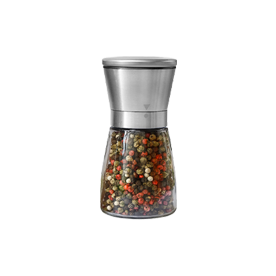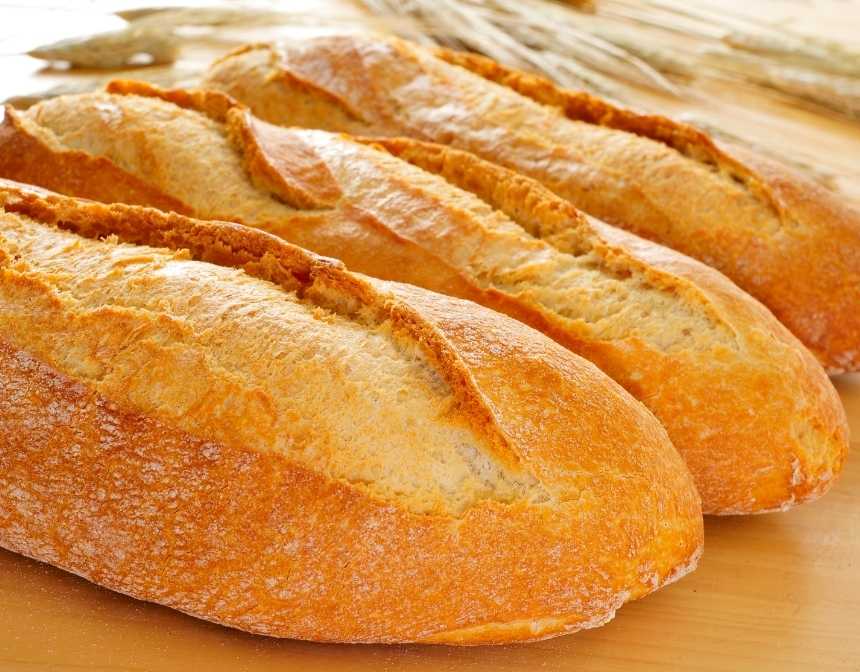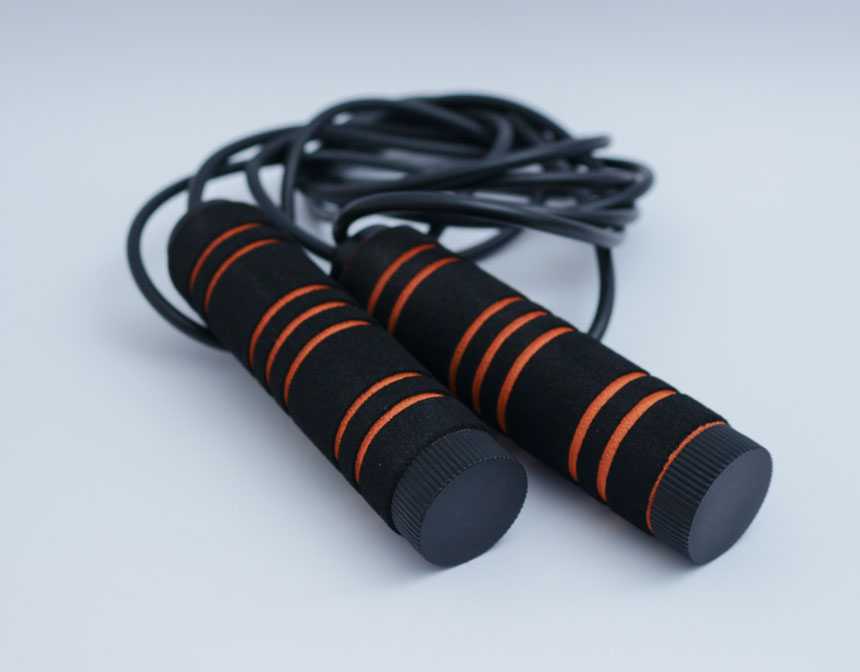What is a Philly Cheesesteak?
Thinly sliced ribeye steak, melted cheese and a long crusty roll make up the comfort food classic sandwich that is the Philly Cheesesteak. Named after it’s birthplace of Philadelphia in Pennsylvania, USA which is colloquially referred to as Philly. The classic version of the Philly cheesesteak recipe has the option of either with (wit) or without (wit-out) onions, as they say in Philly.
What to serve with Philly Cheesesteak?
When creating a homemade Philly cheesesteak serve with french fries, onion rings or chips for the complete experience. The dish is a glorified sandwich and should be served casually with other comfort food dishes, especially when watching sports.
What cut of beef should I use for Philly Cheesesteak?
Traditional Philadelphia Cheesesteak uses ribeye steak as the beef within the sandwich. Ribeye steak is marbled and tender with the fat content contributing to the flavor of the dish, the meat is cut very thin then seared over high heat until crisp and browned.
The griddle or flat top which is used in sandwich shops to cook the beef imparts a distinctive flavour, this can be replicated at home using a cast iron pan and beef fat. As an alternative to ribeye steak, use flank steak, a more affordable cut of meat which is tender when seared quickly and sliced against the grain.
What’s the difference between a cheesesteak and a Philly cheesesteak?
A REAL homemade Philly cheesesteak recipe requires a few keys steps which takes this dish beyond a regular steak and cheese sandwich. The three essential ingredients are steak, melted cheese and bread or to be specific ribeye steak, provolone cheese and a crusty bread roll.
The bun soaks up the beef fat, steak and cheese to make an irresistible sandwich which has become a cultural classic. Differences between a standard cheesesteak or cheese and steak sandwich and the Philly cheesesteak come from the ingredients and preparation.
The cheese within a Philly cheesesteak is up for debate, from an option of Cheez Whiz, American cheese or provolone cheese. Cheez Whiz is the classic whereas provolone tends to be the most popular, as long as the cheese melts providing the “drip” factor it is acceptable. Additional toppings to the Philly cheesesteak which are served throughout Philadelphia include saute mushrooms, sweet peppers, hot peppers, fried onions and ketchup.
The sandwich is a cheesesteak rather than a Philly cheesesteak if; the cheese isn't melted, the meat isn’t ribeye steak, the ribeye isn’t thinly sliced or chopped or if the sandwich is served in any bread other than an Italian roll or hoagie roll. Often everyday cheesesteaks are available with a wider variety of additions and substitutions such as mayonnaise, lettuce, tomato, olives, hot sauce or pickles.








































